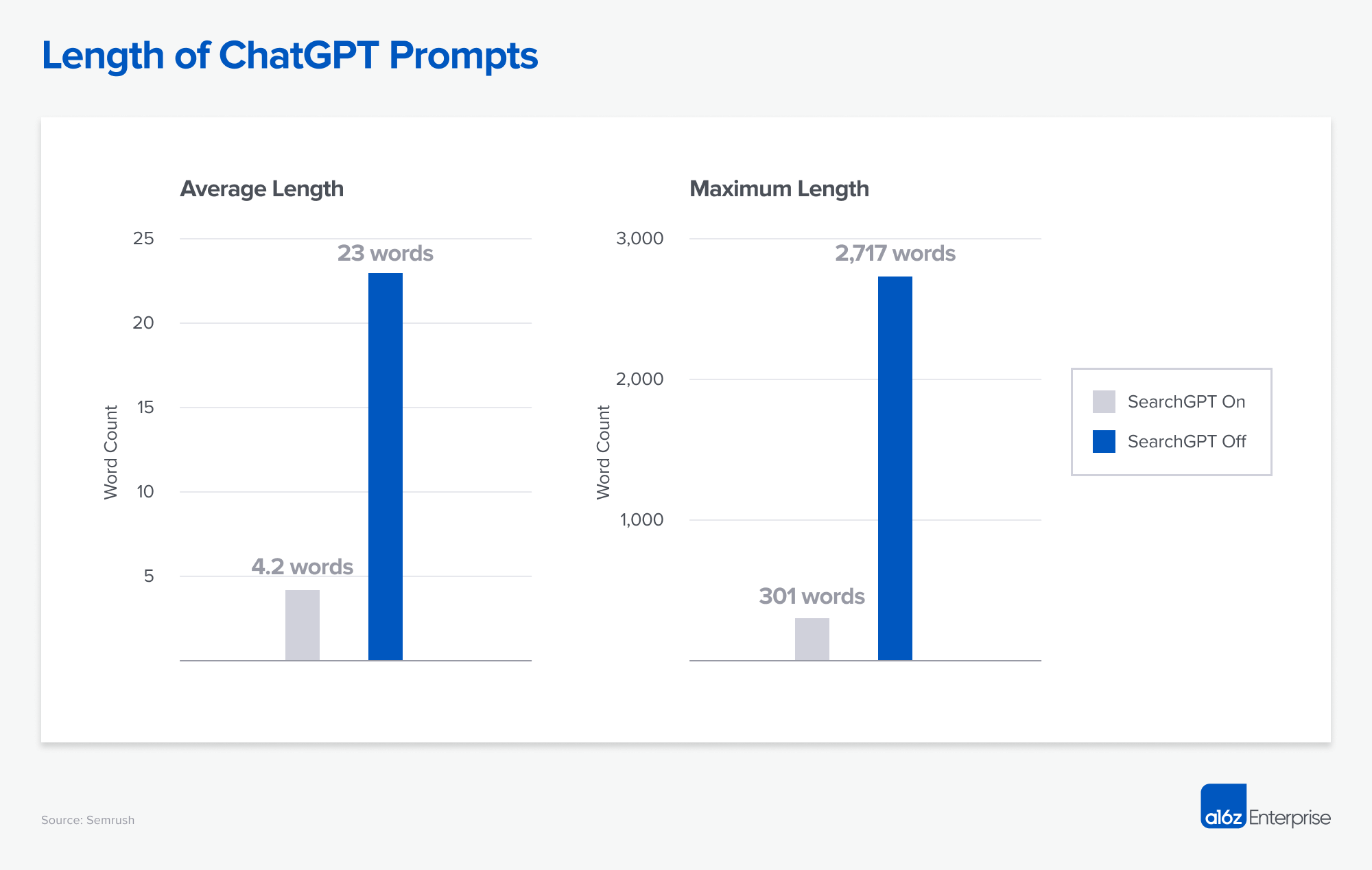Generative Engine Optimization: The Future of Search Marketing
The Shift from SEO to GEO
Generative Engine Optimization (GEO) represents a significant shift from traditional Search Engine Optimization (SEO). Traditional search engines relied on link structures, whereas GEO emphasizes language models and AI-driven engagement. In 2025, the landscape of online visibility is being reshaped as AI-native search engines, such as Google Gemini and ChatGPT, become dominant interfaces for information retrieval. As noted, "A new paradigm is emerging, one driven not by page rank, but by language models," indicating a fundamental change in how content needs to be optimized.

Image courtesy of Andreessen Horowitz
From Links to Language Models
In the era of GEO, content optimization strategies must adapt to how AI models process and respond to queries. Traditional SEO metrics like click-through rates (CTR) are being replaced by reference rates, focusing on how often a brand or content is cited in AI-generated responses. This evolution is crucial for brands to maintain visibility in AI-driven environments. As stated, “It’s no longer just about click-through rates; it’s about reference rates.”
Key tools for GEO include platforms like Profound, Goodie, and Daydream, which help brands analyze their visibility in AI outputs and track sentiment. This allows for effective monitoring of how brands are referenced and perceived in generative contexts.

Image courtesy of Andreessen Horowitz
Best Practices for GEO
Fortune 100 marketers can adopt specific best practices to optimize for GEO. These practices include structuring content for AI retrieval and employing schema markup. The three-layer GEO framework consists of:
Structured Content & Natural Language Q&A: Content should be broken into concise Q&A blocks and should front-load relevant context words such as "price" or "risk."
Schema, Snippets & Source Transparency: Incorporating FAQPage and HowTo schema can enhance content visibility. Transparent citations are rewarded by AI models.
Continuous Testing & Knowledge-Graph Feedback: Regularly querying AI engines for relevant topics and tracking citation frequency helps refine content strategies.

Image courtesy of Manhattan Strategies
Understanding AI Crawlers
AI crawlers differ significantly from traditional search engine crawlers. They often struggle to access all web content, making it essential for brands to simplify their content for AI retrieval. Using easily accessible formats, including structured lists and bullet points, can enhance the likelihood of content being cited by AI models. "The more PR you can get out there," advises Tim Worstell, emphasizing the importance of visibility across various platforms.
Measuring Success in GEO
Marketers must develop new metrics to assess their performance in the context of GEO. Key performance indicators (KPIs) include:
Answer Box Share: The percentage of brand citations in top queries.
Engagement Delta: Comparing AI-generated CTR to traditional organic CTR.
Draft-to-Publish Time: Efficiency in creating Q-block templates.
These metrics help quantify the effectiveness of GEO strategies and inform ongoing content adjustments.
The Future of Content Optimization
The transition from SEO to GEO is not merely a tactical shift; it represents a fundamental change in how brands interact with AI. Companies like Profound are leading the charge by providing analytics tools that help businesses understand how they are referenced in AI outputs. As James Cadwallader, CEO of Profound, states, "ChatGPT visits on my behalf," showcasing the changing nature of web engagement.
In this rapidly evolving landscape, the importance of creating high-quality, easily citable content cannot be overstated. Publishers and brands need to rethink their strategies to ensure they remain visible in AI-driven environments.

Image courtesy of New York Magazine
This transformation necessitates a shift in mindset from traditional SEO practices to a more dynamic approach that prioritizes language, context, and relevance in interactions with AI systems.





